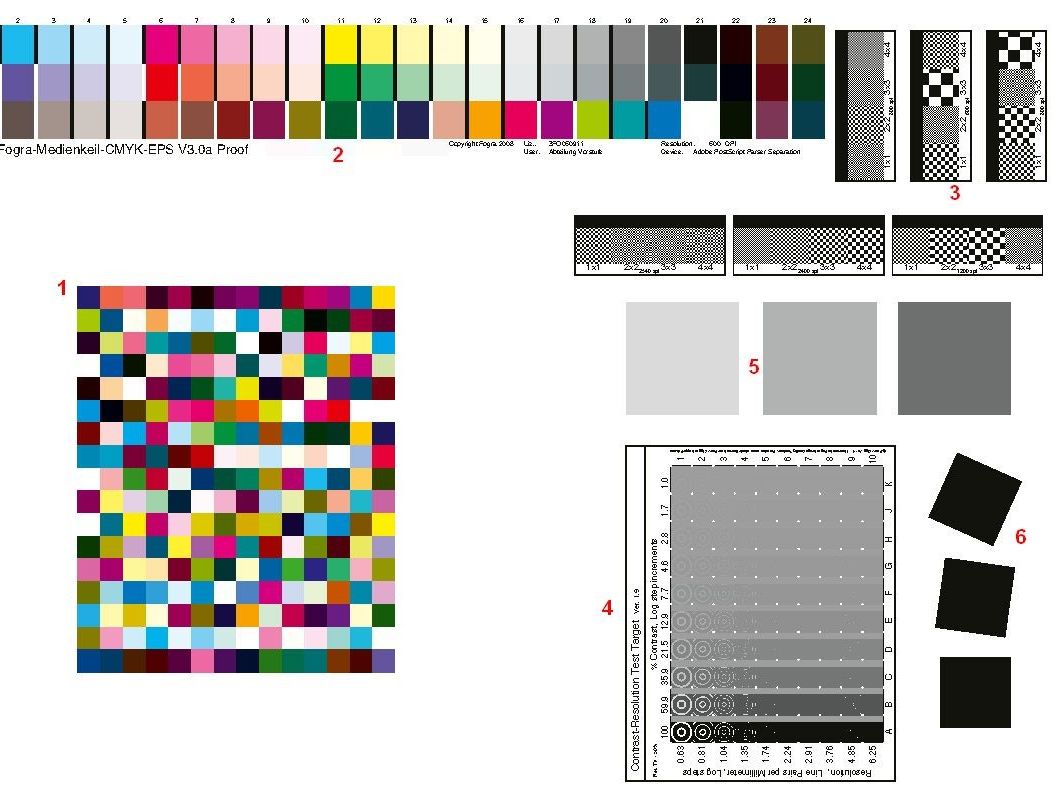Topic of your interest
In order to successfully integrate the highspeed inkjet into existing production environments, it must be known what print quality can be achieved with it and what demands are made on the print products. To ensure this, the research project will examine in detail the performance spectrum of sheet-fed and web inkjet systems currently on the market.
Furthermore, typical applications or print products that are traditionally produced in offset are to be identified. Sheet-fed and heatset web offset as well as coldset newspaper printing are to be included. The products are to be divided into appropriate categories and provided with quality requirements that are customary in production.
Solution steps
The basis for identifying relevant product categories is a list of 68 categories from the American Bureau of Statistics. In addition, a large-scale survey is conducted in print shops to classify the print products manufactured, provide additional information and assess their quality.
For each category, a product-typical test page and a test form for the metrological evaluation of the print quality are created. These are printed on as many different printing machines and papers as possible. An expert jury makes a visual assessment, the results of which are to be compared with the metrological parameters.
Achieved results
The visual evaluations by the test persons showed partly large differences. Consequently, the quality criteria determined only reflect average behaviour, from which individual evaluations can deviate significantly. In general, the most demanding were illustrated and art books, automobile catalogues, image and product brochures, as well as fashion, furniture and cosmetics catalogues.
The statistically significant parameters for color accuracy are the mean color difference ΔE00 across all patches of the media wedge and the colour gamut volume. In terms of perceived detail sharpness, the best correlations were achieved with the so-called L-Score and the edge blurriness. In terms of readability, these were L-Score, edge blurriness and solid tone density.



